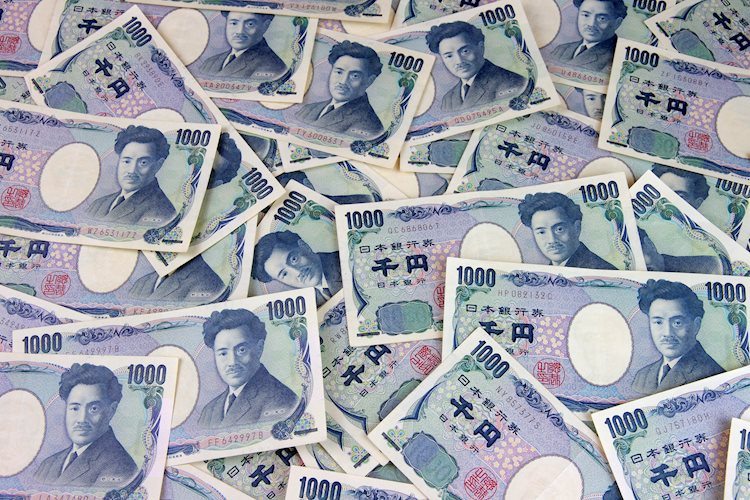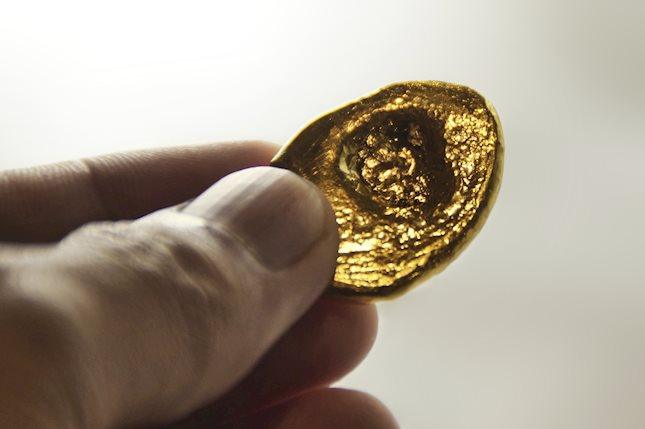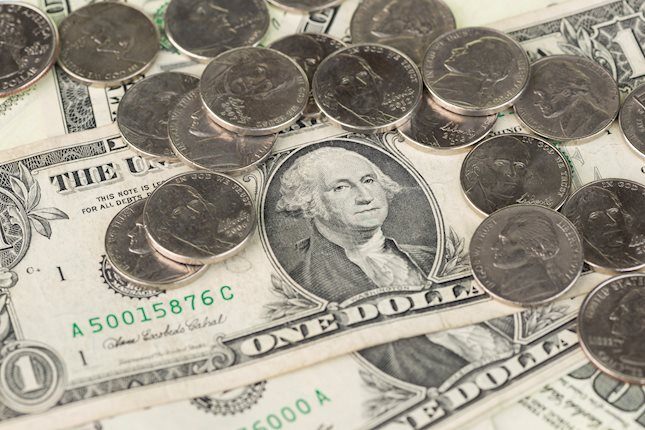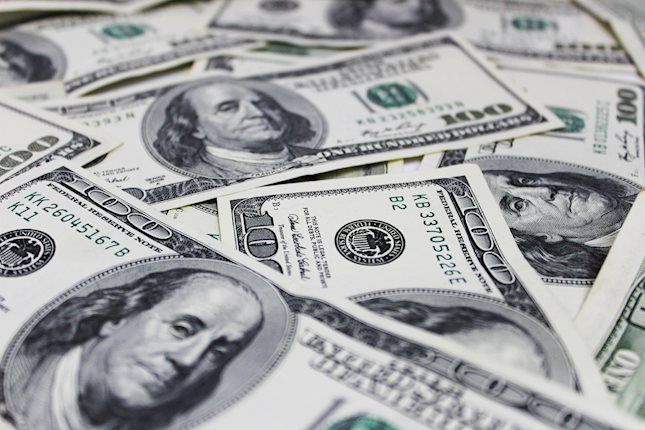USD/JPY hits new lows below 152.00 following a hawkishly-tilted Ueda
- The Yen trims losses after Ueda hinted at further monetary tightening.
- US PCE Prices Index and Friday's NFP report will set the Dollar's direction.
- USD/JPY is approaching an important support area above 151,65.
The Dollar has extended its pullback against a somewhat stronger Yen on Thursday as the Bank of Japan Governour, Kazuo Ueda hinted at a further interest rate hike “if conditions are met”.
The BoJ maintained its benchmark interest rate at 0.25%, as widely expected, but Ueda reiterated that the Bank remains committed to normalizing its monetary policy. The Yen appreciated across the board following the press release.
US data will set the Dollar's near-term direction
The focus today is on the US PCE Prices Index release, which is expected to show that inflation continued easing towards the Fed’s 2% target rate.
The highlight of the week, however, will be Friday’s Nonfarm Payrolls. The market consensus anticipates a significant decline although the strong ADP has improved market expectations.
The pair is now approaching the support area above 151.65. Below here, the next support is 150.60. Resistances are the previous support, at 152.77 and October’s peak, at 153.85.
Bank of Japan FAQs
The Bank of Japan (BoJ) is the Japanese central bank, which sets monetary policy in the country. Its mandate is to issue banknotes and carry out currency and monetary control to ensure price stability, which means an inflation target of around 2%.
The Bank of Japan embarked in an ultra-loose monetary policy in 2013 in order to stimulate the economy and fuel inflation amid a low-inflationary environment. The bank’s policy is based on Quantitative and Qualitative Easing (QQE), or printing notes to buy assets such as government or corporate bonds to provide liquidity. In 2016, the bank doubled down on its strategy and further loosened policy by first introducing negative interest rates and then directly controlling the yield of its 10-year government bonds. In March 2024, the BoJ lifted interest rates, effectively retreating from the ultra-loose monetary policy stance.
The Bank’s massive stimulus caused the Yen to depreciate against its main currency peers. This process exacerbated in 2022 and 2023 due to an increasing policy divergence between the Bank of Japan and other main central banks, which opted to increase interest rates sharply to fight decades-high levels of inflation. The BoJ’s policy led to a widening differential with other currencies, dragging down the value of the Yen. This trend partly reversed in 2024, when the BoJ decided to abandon its ultra-loose policy stance.
A weaker Yen and the spike in global energy prices led to an increase in Japanese inflation, which exceeded the BoJ’s 2% target. The prospect of rising salaries in the country – a key element fuelling inflation – also contributed to the move.
Forex News
Keep up with the financial markets, know what's happening and what is affecting the markets with our latest market updates. Analyze market movers, trends and build your trading strategies accordingly.















